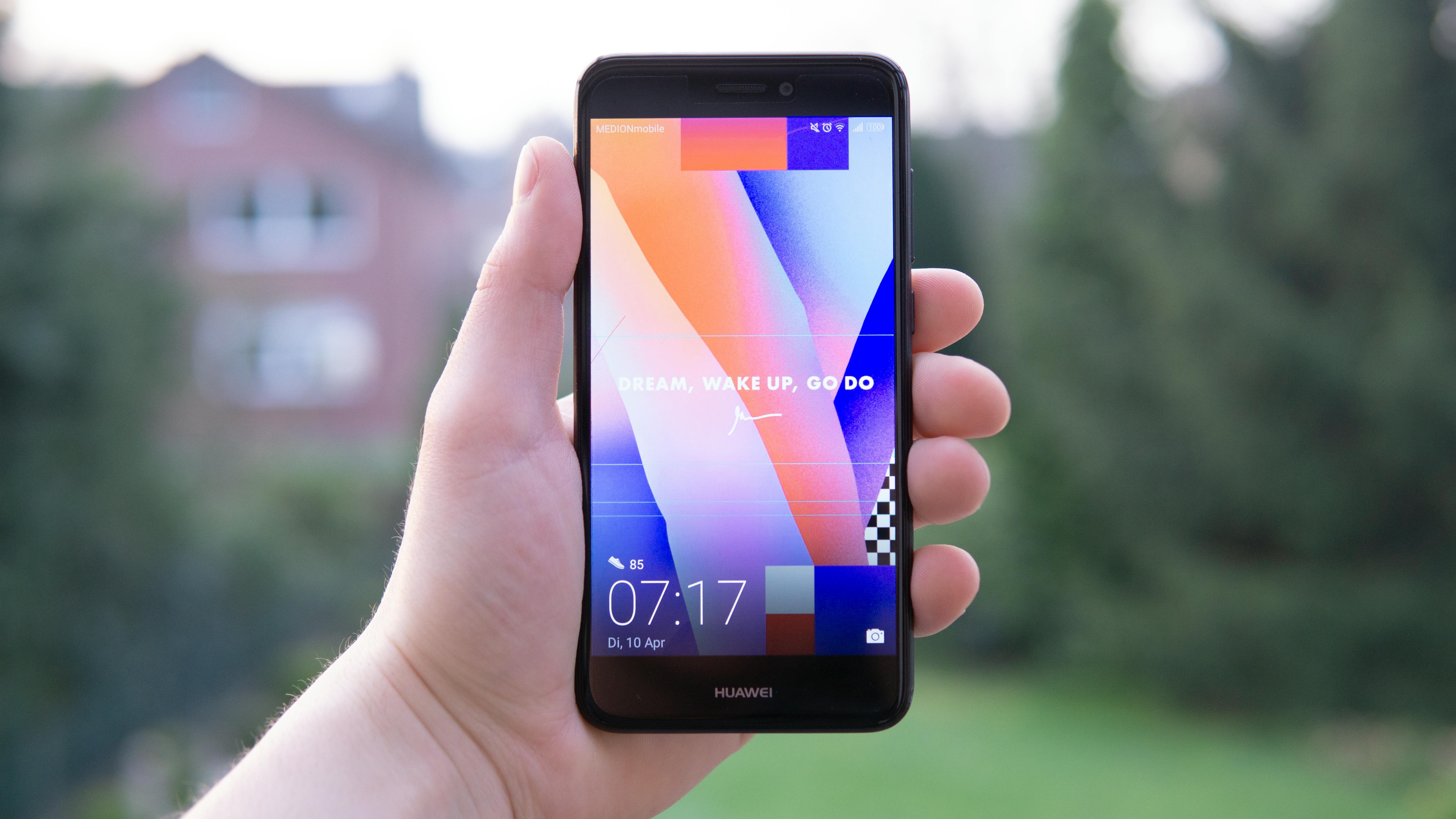Recently surpassing Apple in the worldwide volume of smartphone shipments, Huawei is China’s largest privately-owned company, with a revenue of 102 billion dollars in 2018. This past May, Huawei was put on an export blacklist (though currently on its second 90-day reprieve) by the U.S. government due to “national security or foreign policy interest.” This resulted in the disruption of relationships crucial to the production of Huawei products. In anticipation of such hindering actions being taken by the U.S., Huawei stated an increased focus on “R&D and business continuity” to preserve the future of the company. By looking at Huawei’s patent activity, let’s see how this company has innovatively progressed in light of these recent roadblocks.
Recent Mobile Products
In the chart below, you can see that Huawei’s patent activity regarding mobile technology has been decreasing since 2013. Interestingly, this contradicts its growth in sales of mobile phones. This could imply that Huawei’ market value is in areas outside of innovation, such as cost and quality.
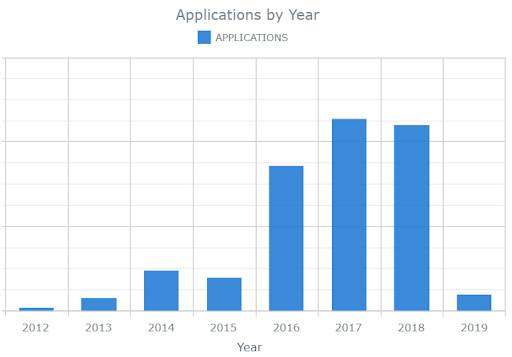
Huawei applications for patent that contain the following keyword(s): 5g. Source: ktMINE Patent Application
This past February, Huawei announced the Mate X, its first foldable phone. This was a timely release, as just a few days prior Samsung announced its Galaxy Fold. In January, ahead of being put on the blacklist, a patent similar to this device (displayed below) was applied for by Huawei.
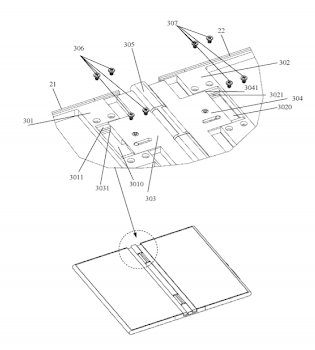
WO2019137332A1: Foldable terminal device.
The Mate X is said to be currently under testing and will be released for sale soon. Another new product from Huawei is the Nova 5T. It was stated by Huawei that the Nova 5T will run Google Services; however, how this is possible is unclear, considering the reprieve allowing Huawei to buy from U.S. suppliers (i.e. Google) only applies to phones existing prior to the blacklist (hence the strategic re-release of an older phone model). While Huawei does have a branch that produces chips for its mobile products, it still depends on U.S. companies like Intel and ARM (a U.S. affiliate) for parts. Though this is not a pressing concern since Huawei has prepared for the blacklist in this area. Aware of the unstableness offered by U.S. companies, Huawei now strives for independence by making its own operating system and hardware. This is evident in their IP portfolio by a recent trademark application for an operating system, titled “HarmonyOS.”
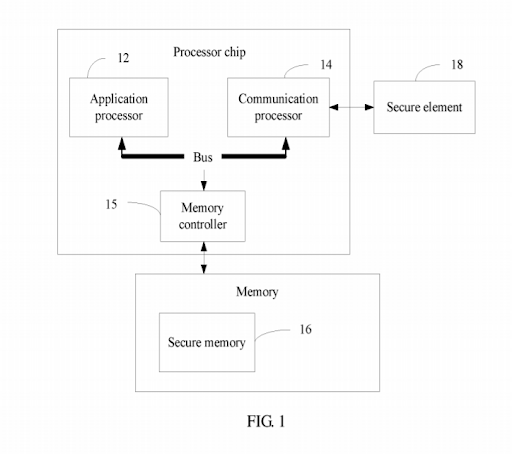
US2019251298A1: Secure processor chip and terminal device. Applied for in the U.S. in April of 2019 by Huawei which displays.
Recent Telecommunication Equipment
In the telecommunications industry, Huawei has established itself as a major supplier, despite the lack of U.S. support. However, the U.S. has now taken its campaign against the use of Huawei equipment international. To combat this resistance, Huawei is now offering access to its 5G IP for a fee. Further, Huawei’s patent activity supports it has been increasing the competitiveness of its 5G IP in terms of patent quantity. Since 2016, Huawei has shown consistent growth in applications surrounding 5G patents (shown in the graph below). A look at Huawei’s most recent 5G patent is related to the New Radio, or NR, system which supports the connection of 5G capable products. In fact, 5G NR development is described as “key” to the functioning of 5G.
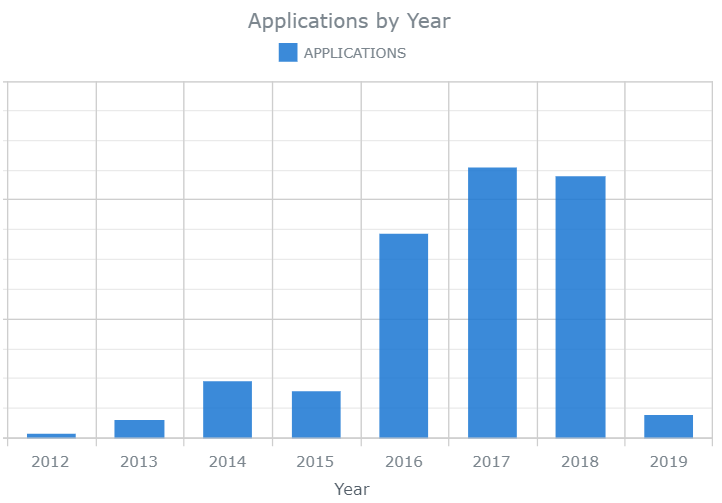
Huawei applications for patent that contain the following keyword(s): 5g.
The Future is Uncertain
Huawei is not alone in struggling with economic isolation from the western world. The U.S. government has also intervened in the operations of ZTE and Broadcom (though Broadcom has since relocated due to trying to alleviate the foreign-stigma). Although, for companies like ZTE, a blacklist from the U.S. can be more detrimental. Since the blacklist started earlier this year, Huawei has increased its applications for 5G patents, released one new phone for sale, announced even more innovations in the works, and has trademarked its own operating system. Though the government granting two 90-day reprieves has caused the effect of the blacklist to be slowed down, it looks like Huawei has been speeding up.
